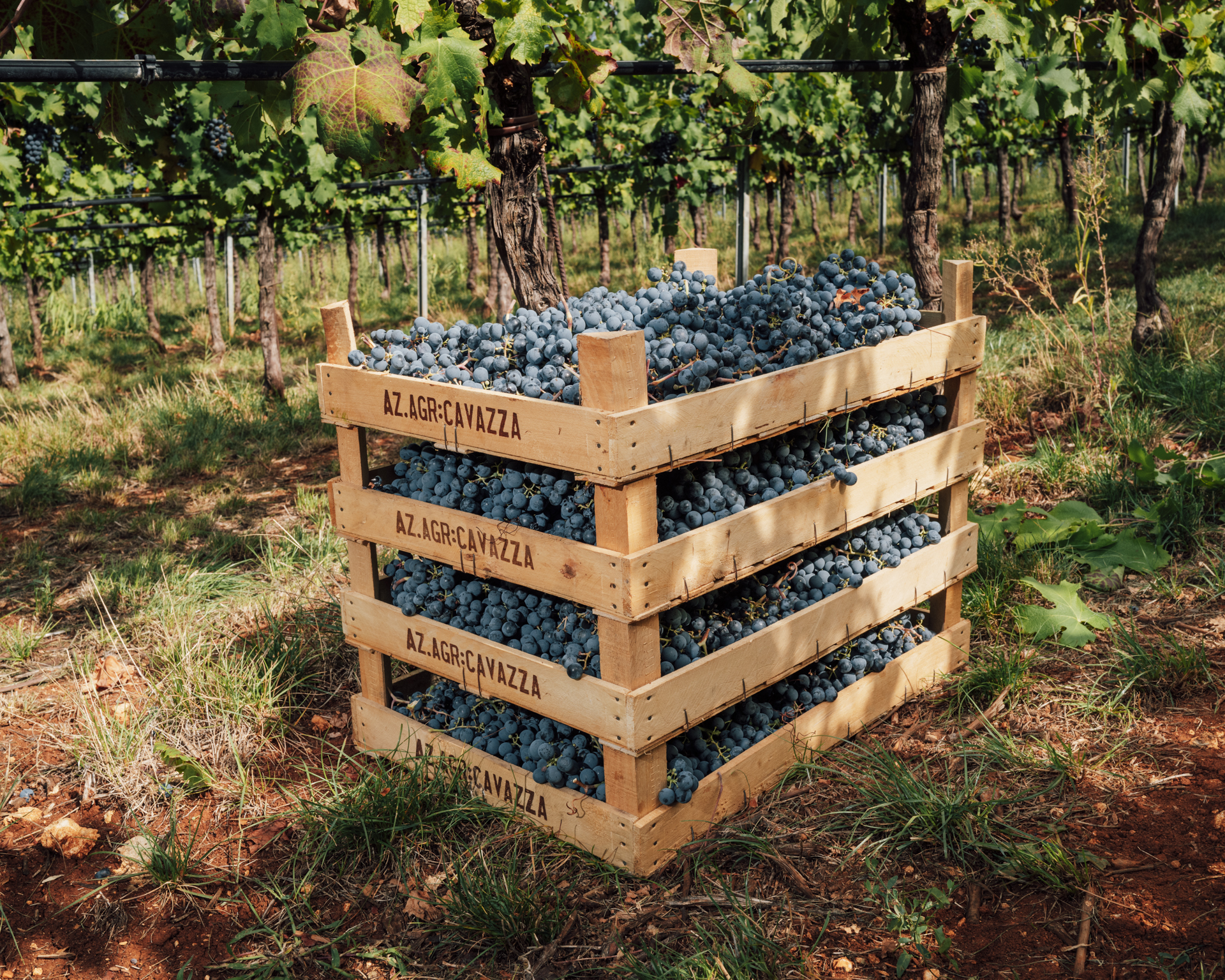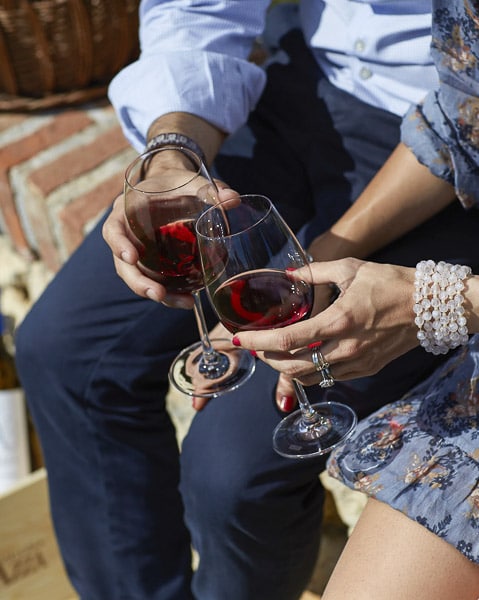21 Nov Our take in the 2022 grape harvest
by Elisa Cavazza

|
OUR TAKE ON THE 2022 GRAPE HARVEST
|
The 2022 grape harvest is over and it can be described as rather unusual given the general weather conditions during spring, followed by the very hot summer we have all “suffered”. We would like to give you a detailed picture of it by asking Mattia a few questions as he is in charge of our wine production.
It was unquestionably an unfavourable growing year that had to be handled very carefully, both in the vineyards and wine cellar. We had a very dry winter, then hardly any rain after January and throughout spring, which caused early budbreak and very difficult, uneven growth. Predictably, it was better for our east- and north-east facing vineyards, where soils were better able to help vines endure water stress.
WHAT KIND OF VINTAGE DID YOU HAVE IN YOUR GAMBELLARA AND COLLI BERICI VINEYARDS?
In Gambellara, where we grow the Garganega variety, grape yield was even 20% lower than average and we started picking the grapes almost 10 days earlier than usual. This year the main problem was the diurnal temperature range, which though was not as severe in our higher altitude vineyards, where the Veronese pergola (vine training system) provided better shading of the vines. The unusual weather will obviously affect the sensory characteristics of the two Gambellara Classico wines we produce: “Bocara” and “Creari”. In the new vintage yellow peach and tropical fruit scents and flavours will be stronger than usual, although balanced acidity and the sugar present in the must are reassuring.
In the Colli Berici, despite the general weather conditions during the growing period, we were concerned about not achieving a suitable balance between technological (sugar) maturity and phenolic maturity of the grapes. However, the vineyards planted with Merlot and Cabernet Sauvignon were able to resume a balanced vegetative growth, completing the ripening process, also thanks to the clayey soil they grow in, which retains moisture, thus reducing water stress in the vineyard. High polyphenol content and grapes with grippy tannins combined with a high-alcohol content required careful attention in the cellar, during maceration and in the following ageing phase, especially for wines which in a few weeks, upon completion of the malolactic fermentation, will be racked into oak barriques. We are confident that this vintage, which was challenging in agronomic and wine-making terms, will have a good ageing potential.
IN THIS LAST CENTURY OTHER VINTAGES HAVE BEEN CHARACTERISED BY SCORCHING WEATHER: 2003, 2007, 2012. CAN WE DRAW PARALLELS BETWEEN THEM? ARE THERE SIMILARITIES? ARE THER DIFFERENCES?
Undoubtedly, in the last twenty years we have had several critical vintages in which our vines suffered water and heat stress that affected the wines we produced. Very warm growing years can change the expression of wines. Firstly, in terms of balanced phenolics, which add a nice roundness to the palate, with less acidity but good ageing potential.
Despite some similarities, only 2003 posed similar difficulties to those we experienced this year, while in 2007 and 2012 there was greater heterogeneity among the grape varieties harvested and some areas later proved to have unexpected, extremely good characteristics, also thanks to a rainier spring that mitigated the water stress caused to vines.
On the bright side, over the years, our winery has increasingly focused on how the soil is worked, grape growing and achieving the appropriate grape output, bearing in mind the requirements of each variety and providing the best conditions for the vines to adjust their growth accordingly and achieve high quality grapes for the harvest, which occurred this year too.
For more info or questions write to: marketing@cavazzawine.com
Share your pics with
#cavazzawine
 Deutsch
Deutsch



